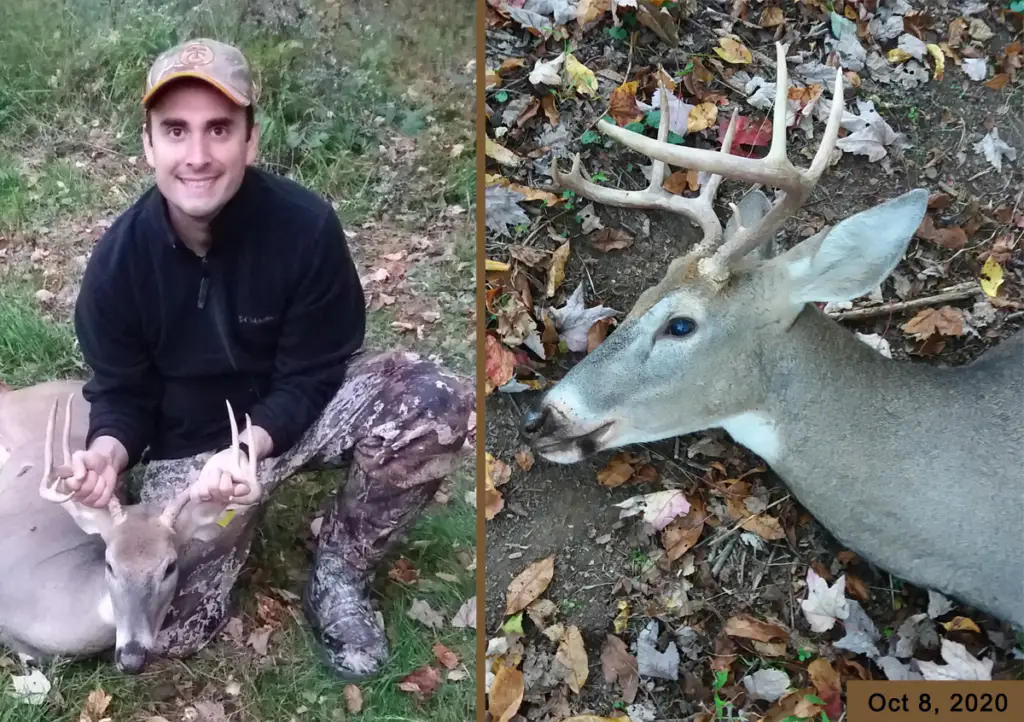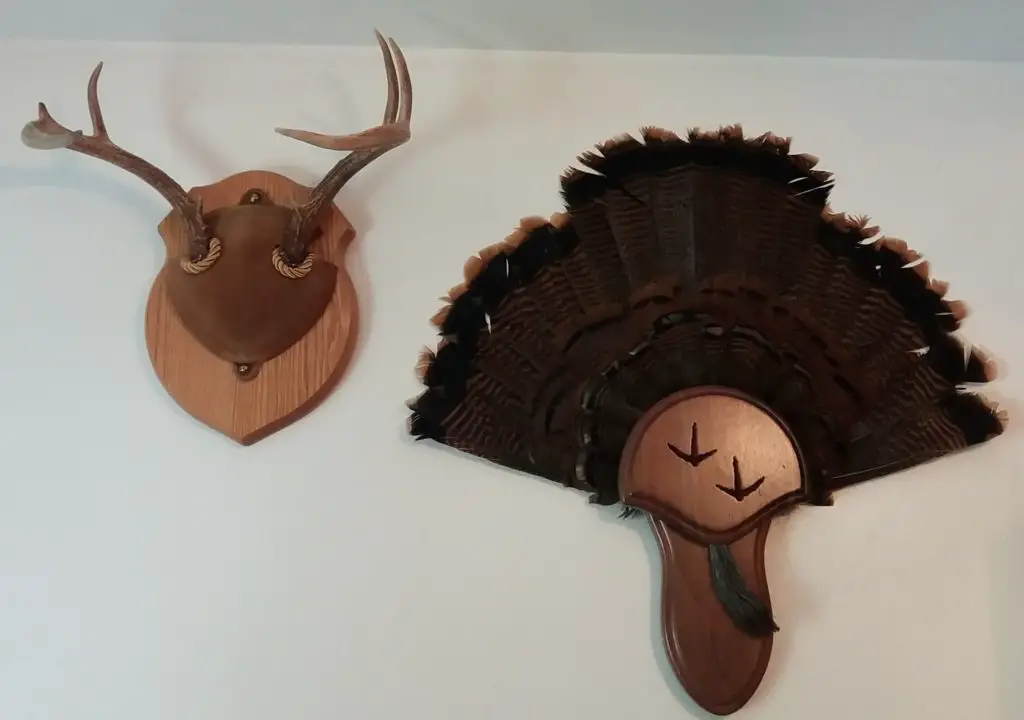The truth is, there is a best day of the year for whitetail deer hunting. But that day is not the same every year. On this episode I give you the tools to help you discern the best day of the year to hunt whitetails in your area.
The rut happens at the same exact time every year, no matter what. The latest science available demonstrates that the rut is mostly likely caused by decreasing daylight. Which means it will occur at the same time of the year, every year, no matter what else happens. Weather will never make the days longer or shorter so it will not change when the rut occurs.
Bucks are going to breed does every day and night during the peak of the rut. But there are days where they will move more during the daylight. Contrary to popular belief, the moon does not impact when the rut takes place. It has no bearing at all on the breeding season.
The moon does not determine the rut, the days getting shorter does. Hunting by the moon phase has been a popular philosophy for hundreds of years. It has been somewhat helpful because you can use the lunar calendar to get you into the right ballpark of when the rut will take place. So, long ago it was beneficial because it helped track seasons before better calendars were available. But the moon never did cause the rut. And trying to track moon cycles today is mostly a waste of time.
The moon can play a small part because brighter evenings can lead to more nighttime activity which turns into a slower morning but with more movement at mid-day. Again, this does not cause the rut, but it can help us feel up the best time of day for hunting when the sky is clear and the moon can provide extra light at night, but the weather plays a much larger part in helping us determine when deer will be more active during daylight hours.
The effect of weather and temperature is relative. There is no magic temperature or conditions. It is all about how the weather is compared to how it has been. When colder days follow warming ones, deer tend to move more during daylight hours, they are refreshed and do not overheat so they feel less hindered to move more. And if it’s very cold the movement can help them stay warm.
Likewise, deer tend to move more right before or right after a big storm. They move to feed and to mate. Often, they will be easier to hunt during these times because they have been pent up weathering the storm and may be less cautious as they seek out food and rutting company.
Here is Pennsylvania’s data on when does breed during the peak rut. I misspoke on the show, it is based on 6,000 does studied.
Listen to the episode to find out the best day of the year for you to hunt deer. For even more, here is a video I also did on the subject:


